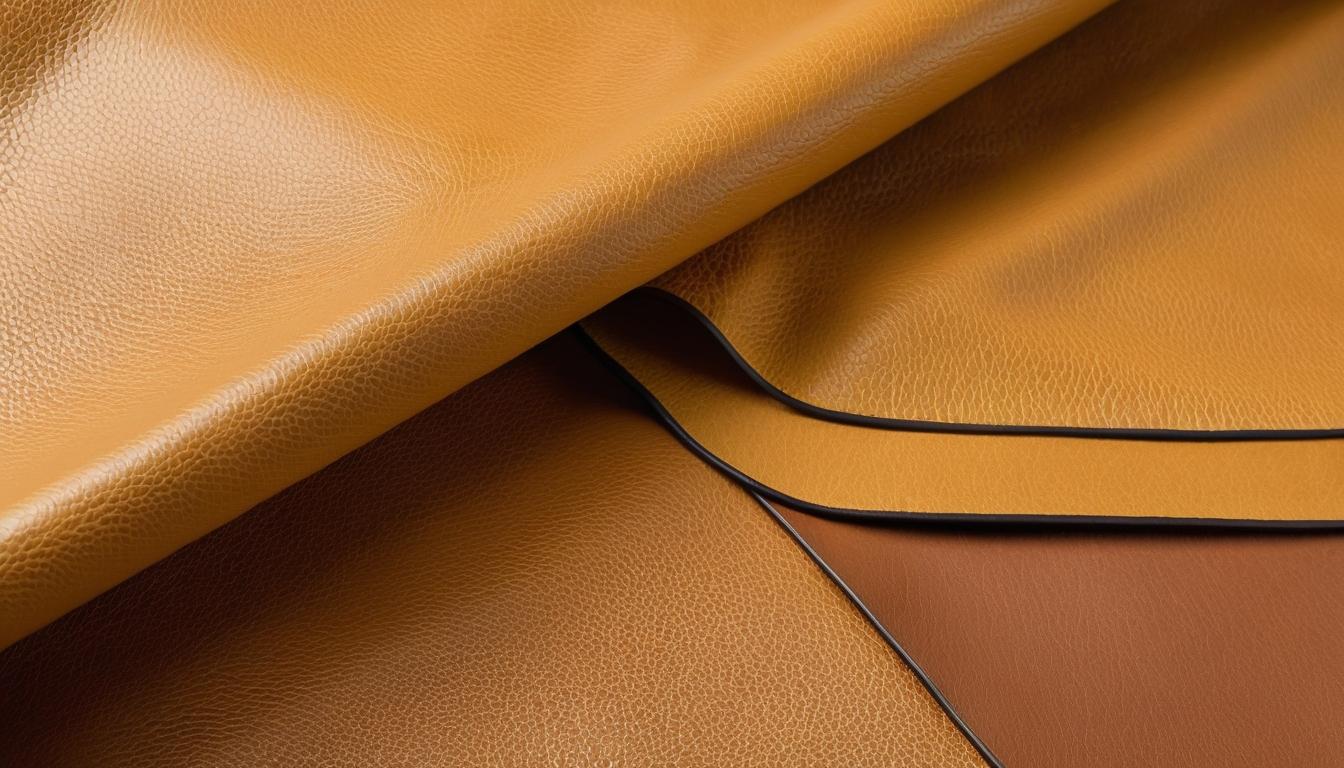Walking through the hallowed halls of Milan Fashion Week last season, something subtle but significant shifted in the air. It wasn't just the silhouettes or color palettes that caught my attention—it was the whispered conversations between editors about fiber content, the way designers casually dropped terms like "regenerated cellulose" and "closed-loop production" during backstage interviews. The luxury fashion industry, long criticized for its environmental footprint, is undergoing a quiet but profound transformation at the most fundamental level: the very fabrics that clothe us.
What began as a niche concern among eco-conscious designers has blossomed into a full-blown materials revolution. I spent three months tracing this shift, visiting textile mills in Italy, speaking with material scientists in Switzerland, and observing how luxury houses are rethinking their supply chains from the ground up. The change isn't happening with fanfare or marketing campaigns—it's occurring in research labs and manufacturing facilities, where the future of fashion is being woven thread by thread.
At the heart of this transformation are innovations that sound more like science fiction than fashion. Take orange fiber, for instance—a luxurious silk-like textile made from citrus juice byproducts that would otherwise go to waste. I witnessed this material being produced in Sicily, where the scent of oranges permeated the factory air. The resulting fabric has the drape and luster of high-end silk but comes with a radically different environmental story. Similarly, mushroom leather alternatives are now sophisticated enough to meet luxury standards, with companies like Bolt Threads developing mycelium-based materials that rival the finest calfskin.
But the real story isn't just about alternative materials—it's about how established luxury houses are reinventing their most iconic fabrics. I visited a historic mill in Biella, Italy, where cashmere production has been reimagined using regenerative grazing practices and water recycling systems that would make environmental engineers proud. The owner, a third-generation textile master, showed me how they've reduced water consumption by 80% while maintaining the legendary softness that made their cashmere famous. "We're not just making beautiful fabrics," he told me, "we're making them beautifully."
What surprised me most during my investigation was discovering how deeply sustainability has penetrated the highest echelons of fashion. At a private viewing of Chanel's Métiers d'Art collection, I learned about their investment in green chemistry research and development of bio-based alternatives to traditional synthetic materials. Meanwhile, LVMH has quietly been building a sustainability innovation lab that functions like a Silicon Valley startup, complete with material scientists and data analysts working alongside fashion designers.
The consumer side of this equation is equally fascinating. Through interviews with luxury shoppers in New York, London, and Tokyo, I found a growing sophistication about materials that would have been unheard of five years ago. These aren't activists making political statements—they're discerning customers who want both exquisite craftsmanship and environmental responsibility. As one Bergdorf Goodman regular told me, "I'm not sacrificing quality for conscience anymore. The best houses are giving me both."
Yet challenges remain. Scaling these innovations while maintaining luxury standards requires balancing tradition with transformation. I spoke with designers who worry about compromising the tactile experience that defines luxury—the way fabric feels against skin, the sound it makes when moving, the way it ages over time. The most successful sustainable innovations, I discovered, are those that enhance rather than replace these sensory qualities.
Looking ahead, the next frontier appears to be digital traceability. Several major houses are experimenting with blockchain technology to provide complete transparency about a garment's journey from raw material to retail rack. This isn't just about marketing—it's about creating accountability throughout the supply chain and giving consumers unprecedented insight into what they're really wearing.
The implications extend beyond environmental concerns to economic and social dimensions. In Portugal, I visited factories where sustainable textile production has revitalized local communities, creating skilled jobs while reducing pollution. In India, traditional handloom techniques are being preserved through partnerships with European luxury brands seeking authentic, low-impact production methods.
What emerges from this investigation is a portrait of an industry at a crossroads, choosing evolution over extinction. The quiet revolution in sustainable fabrics represents more than just technical innovation—it signals a fundamental rethinking of what luxury means in the 21st century. The most forward-thinking houses understand that true luxury can no longer be measured solely by price tag or craftsmanship, but must include responsibility to people and planet. As one designer summarized it to me, "The most exclusive thing you can wear today is a clear conscience."
The quiet revolution of sustainable fabrics in luxury fashion

